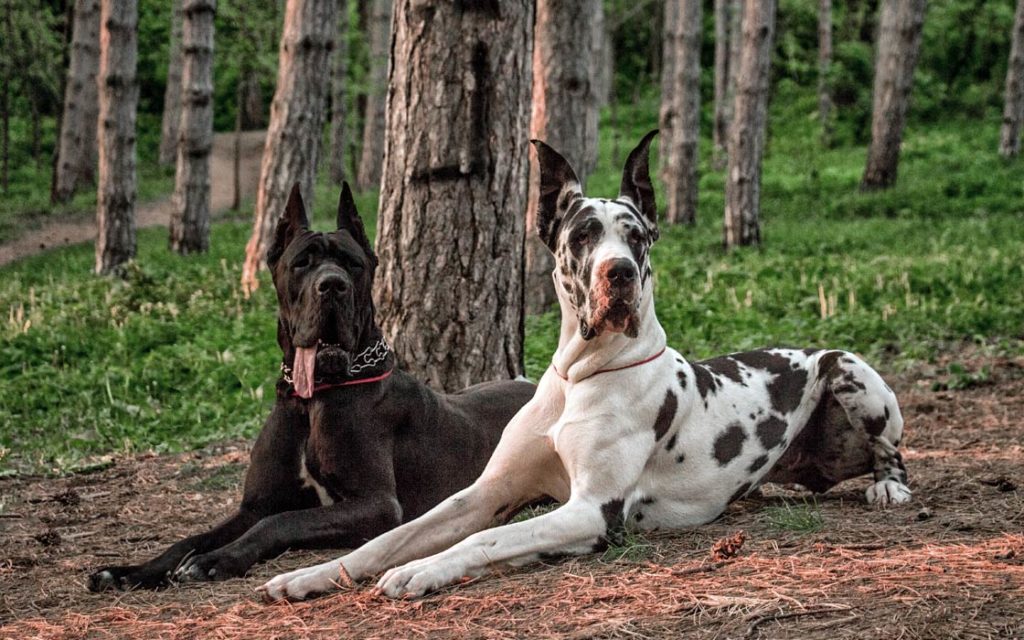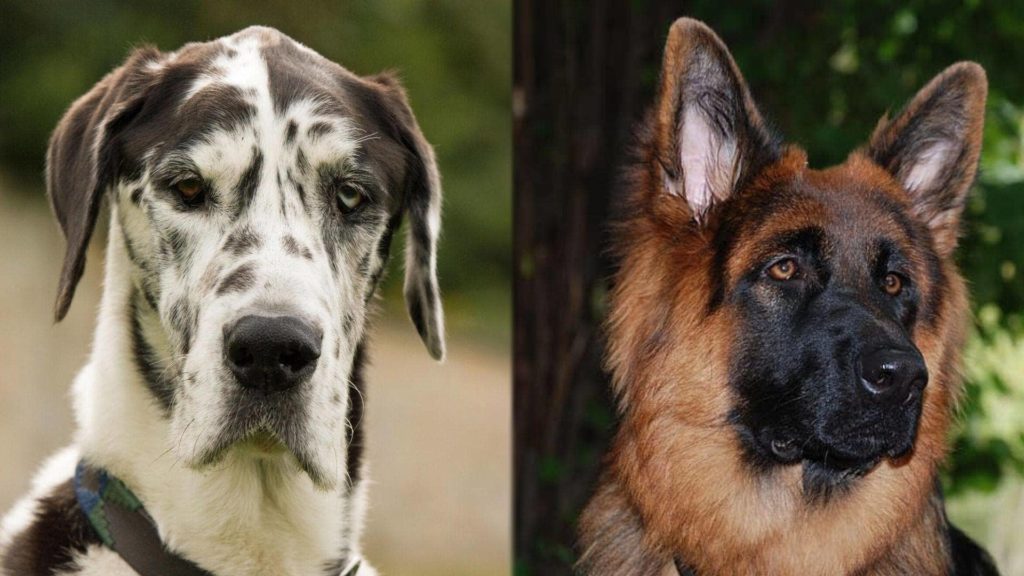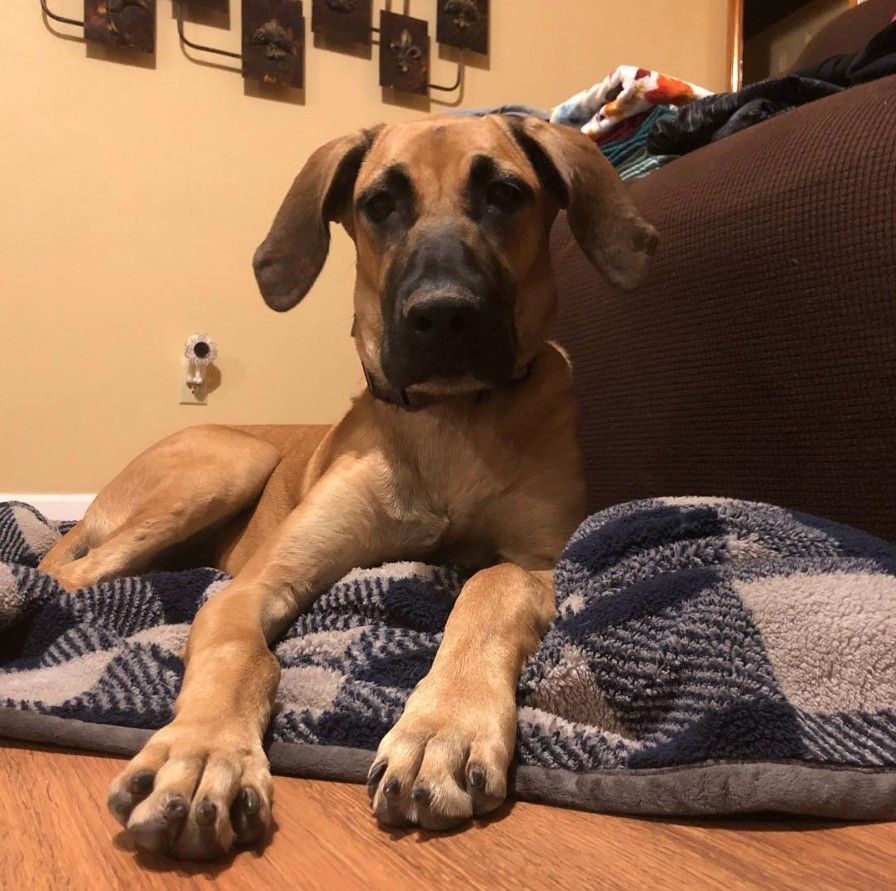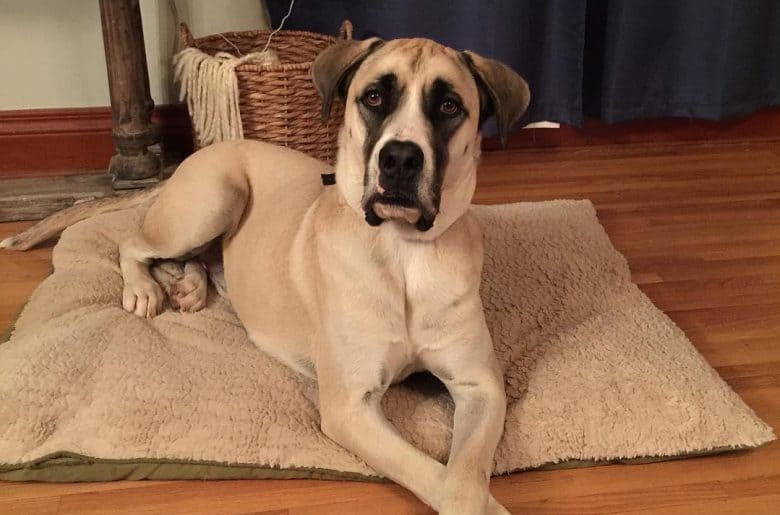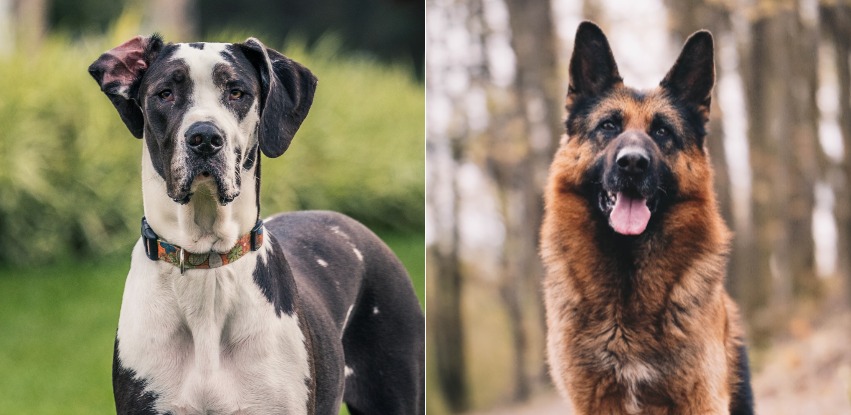The Great Dane Dog is a huge German dog breed with a long history. The Great Dane is descended from hunting dogs employed to hunt wild boar and wolves in the Middle Ages, as well as protectors of the German nobility. The Great Dane is a huge German dog breed with a long history. Many European nobility acquired strong, long-legged canines from England in the middle of the 16th century, which were descended from crossbreeds between English Mastiffs and Irish Wolfhounds.
They were dog hybrids of various sizes and characteristics that had no recognized breed designation. Since the beginning of the 17th century, these dogs have been bred at the German nobility’s courts, independent of English ways. It is one of the most popular and largest breeds in the world.
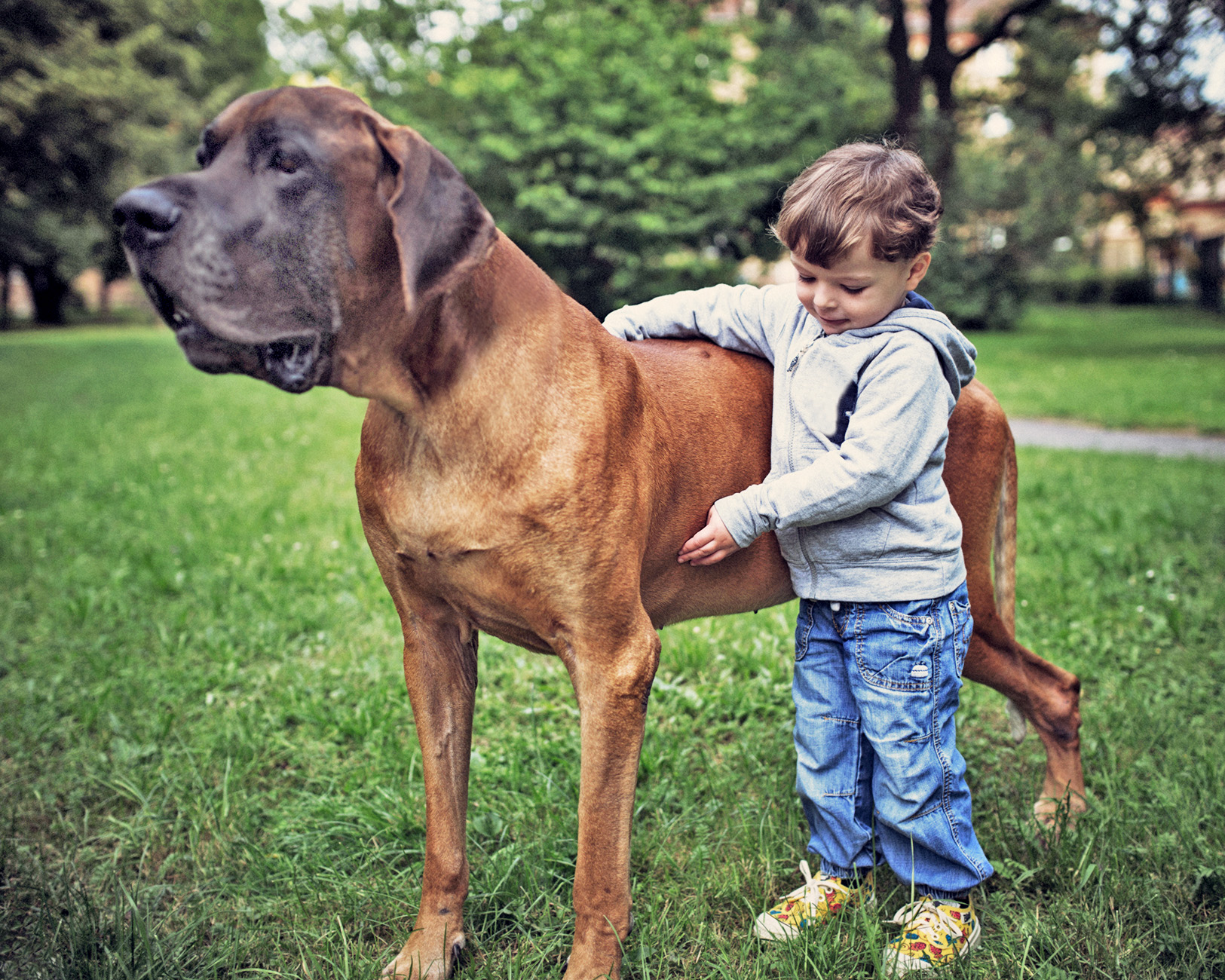
The Englische Dogge was a catch dog that was employed after the other hunting hounds to seize the bear or boar and hold it in place until the huntsman could kill it. When hunting customs changed, notably with the introduction of weapons, many of the dog breeds engaged vanished. The Englische Dogge became scarce, and it was only kept as a hobby or a luxury dog. Great Danes were originally known as Boar Hounds because they were raised to chase boars. To keep boar tusks from injuring their ears, they had them trimmed. The name of the breed was altered to “English Dogges” in the 16th century.
When a French naturalist came to Denmark in the 1700s, he saw a variant of the Boar Hound that was leaner and more like a Greyhound in look. With the more large examples of the breed known as Danish Mastiffs, he named this dog Grand Danois, which finally became the Great Danish Dog. Despite the fact that Denmark did not develop the breed, the name was accepted. In the 18th century, the Molossian hound, the Suliot dog, and other imports from Greece were utilized to boost the stature of the boarhounds in Austria and Germany.
Body description of Great Dane Dog
The Great Dane is a giant mastiff-sighthound type domestic dog notable for its size. In its royal appearance, the Immense Dane blends remarkable size and a robust, well-formed, finely muscled body with great strength and elegance. It is one of the largest working breeds, but it is distinguished by the fact that its general conformation must be so well balanced that it never appears awkward, and it must move with a long reach and powerful drive.
The Great Dane is a short-haired dog that has a powerful, galloping appearance. Great Danes weigh 120 to 200 pounds and stand 30 to 34 inches tall. Females range in height from 28 to 32 inches and weigh between 100 and 130 pounds. Some canines are shorter or taller than others.
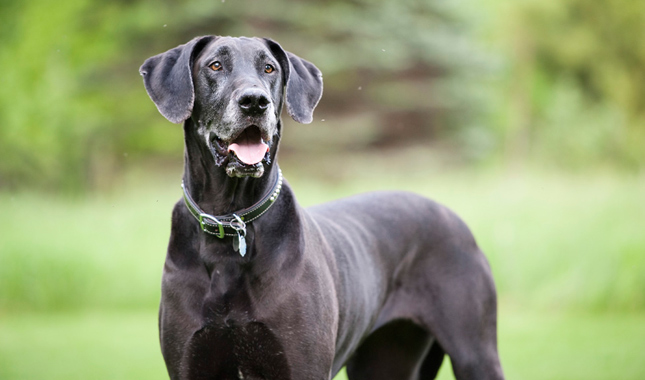
With a larger frame and stronger bone, the male should appear more substantial throughout than the female. Great Danes have floppy, triangular ears by nature. Great Danes have five to six show-acceptable coat colors (depending on the criteria).
Fawn is a type of fawn (a golden color with a black mask)
Brindle is a type of dog (fawn and black intermixed all over the body in a tiger-stripe pattern)
the color blue (steel blue, which is really a sort of gray)
Harlequin in Black (white with irregular black patches over the entire body)
The mantle is a term that refers to a (black and white with a solid black blanket over the body)
The white coat of a Great Dane is usually associated with visual and hearing problems.
Behavior of the Great Dane Dog
- The Great Dane’s intimidating size conceals its amiable disposition. The breed is commonly referred to as gentle giants since they desire personal love from their owners.
- Great Danes are generally friendly to other dogs, non-canine pets, and people they know. They don’t have a lot of aggression or a strong desire to hunt.
- The Great Dane is a calm and loving animal that, with proper care and training, is excellent around children, particularly if raised with them.
- A Great Dane, like any other dog, can become scared or aggressive when exposed to new stimuli, such as strangers and unfamiliar places, if not properly socialized.
Training of the Great Dane Dog
If a dog is bored, untrained, or unsupervised, he can acquire outrageous levels of barking, digging, and other unwanted activities. And living with any dog during adolescence can be a challenge. Begin training your dog as soon as you get him home. He is capable of soaking up everything you can teach him even at the age of eight weeks.
If you wait until he’s six months old to start training him, you’ll have a more difficult time dealing with him. Danes, as sweet-natured, as they are, require early socialization and exposure to a variety of people, sights, sounds, and experiences. Socialization is important for your Great Dane puppy’s development as a well-rounded dog.
Caring for the Great Dane Dog
They’re quite quiet indoors, but they require a long walk or a large yard to play in at least once a day. Depending on their age and activity level, an adult Great Dane requires 30 to 60 minutes of daily exercise. Puppies and teens require approximately 90 minutes of daily exercise.
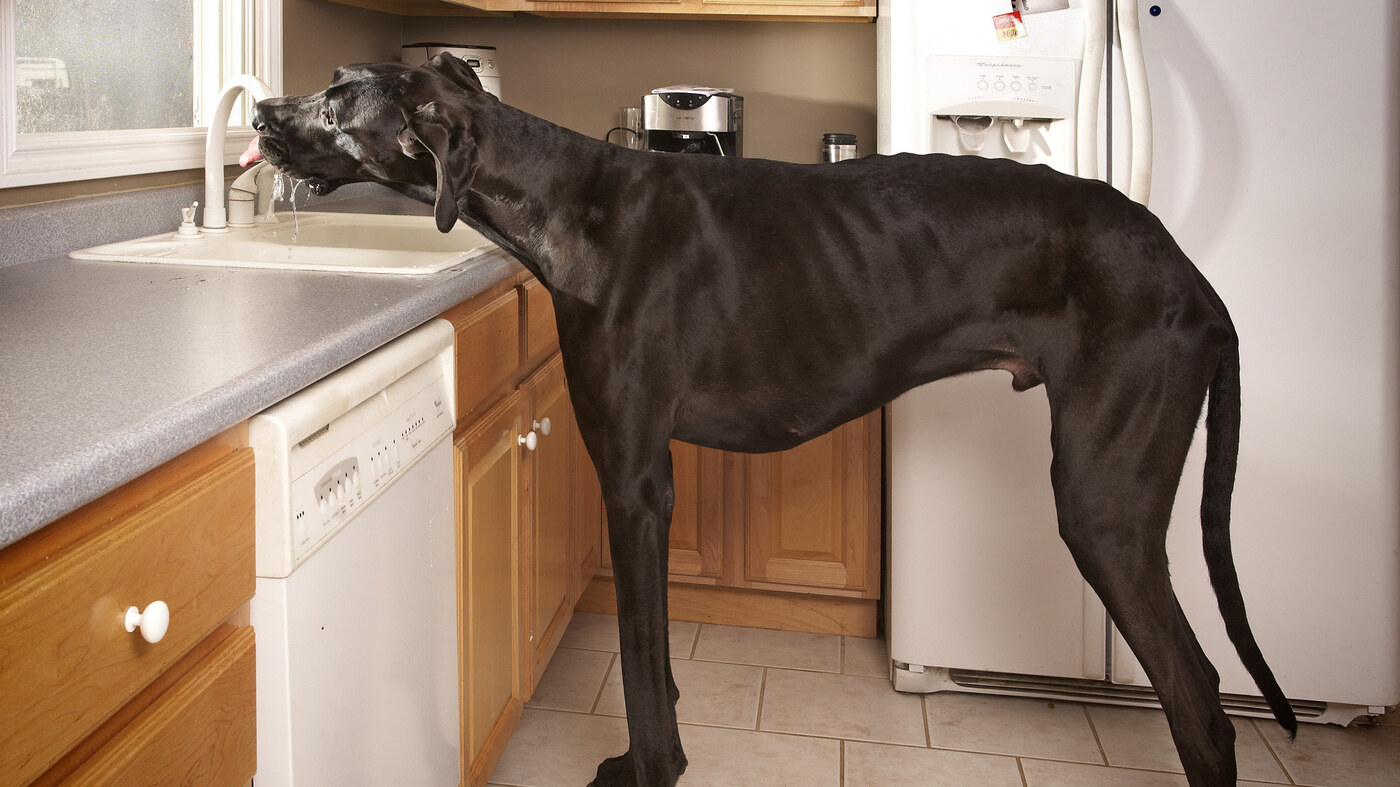
The Great Dane’s coat is short, thick, and smooth. It sheds little more than you might expect, but only requires minimal grooming. Brush Dane’s hair and skin once a week with a rubber hound mitt or soft bristle brush to maintain their health. He will shed heavily in the spring and fall, a condition known as blowing out the coat and will need to be brushed more often at that time to remove all of the stray hairs.
Health of the Great Dane Dog
They have various health issues that are prevalent in large breeds, such as bloat (gastric dilatation-volvulus). Great Danes, like many larger breeds, are prone to hip dysplasia. The Great Dane is prone to dilated cardiomyopathy and a variety of congenital cardiac disorders, earning it the moniker “heartbreak breed” due to its short lifespan.
The merle gene, which is part of the genetic makeup that gives Great Danes their harlequin coloration, is also present in Great Danes. Wobbler illness, which affects the spinal column, can potentially afflict Great Danes. The usual lifespan of a Great Dane is 8 to 10 years, but some have been known to live to be 12 years old or more.
RECOMMENDED ARTICLES
- Giant Schnauzer Dog- Characteristics, Behaviour, Caring And Health
- Constipation in Dogs- Causes, Symptoms And Treatment
- Colitis in Dogs- Causes, Symptoms And Treatment
- Dogue de Bordeaux Dog – 5 Exclusive Physical Characteristics, Behaviour And Health
If you Like, Please share it. Sharing is usually Caring.

